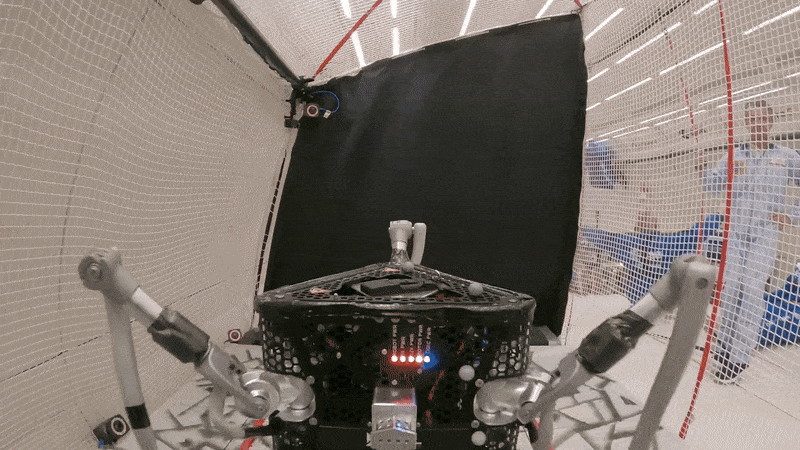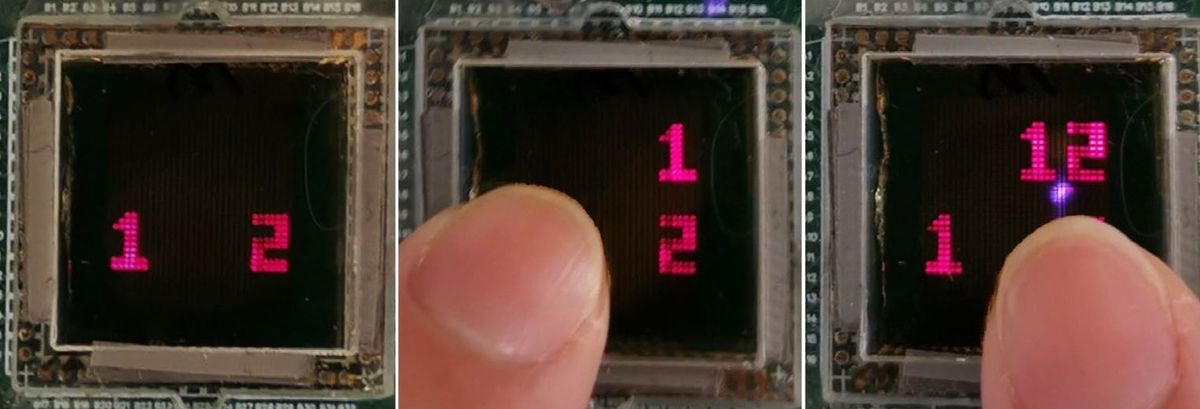While the PCAST report on the NNI in 2010 wanted to see greater efforts towards commercialization and some attempt to address environmental, health and safety (EHS) concerns, this time they just wanted to see how well the NNI had done in meeting their previous recommendations.
In the Whitehouse.gov blog covering the announcement it seems PCAST are satisfied:
“PCAST found that the Federal agencies in the NNI have made substantial progress in addressing many of the 2010 recommendations that were aimed at maintaining U.S. leadership in nanotechnology… The PCAST assessment particularly commends the expanded efforts of the NNCO in the area of commercialization and coordination with industry, and the NNCO’s release of a focused research strategy for addressing environmental, health, and safety (EHS) implications of nanotechnology.”
Okay, pat on the back, job well done…uh, wait, there are still some new recommendations that PCAST would like to see addressed. You can find them in the PDF of the full report on page vii. They fall into the areas of strategic planning, program management, metrics for assessing nanotechnology’s commercial and societal impacts, and…wait for it…increased support for EHS research.
Additional support for EHS research might be a required element for every PCAST report in the future. More interesting to me, however, is this continued emphasis on improved “metrics for assessing nanotechnology’s commercial and societal impacts.”
It seems to me that this is an area in which everyone from governments to corporations wants a formula that will churn out a sense of what kind of impact nanotechnology is really having. While nobody is satisfied with the metrics that we have, I would suggest that there are few number-counting options that will really be able to sort out the full impact of nanotechnology. But again, it should be interesting to see what they come up with.
Dexter Johnson is a contributing editor at IEEE Spectrum, with a focus on nanotechnology.




